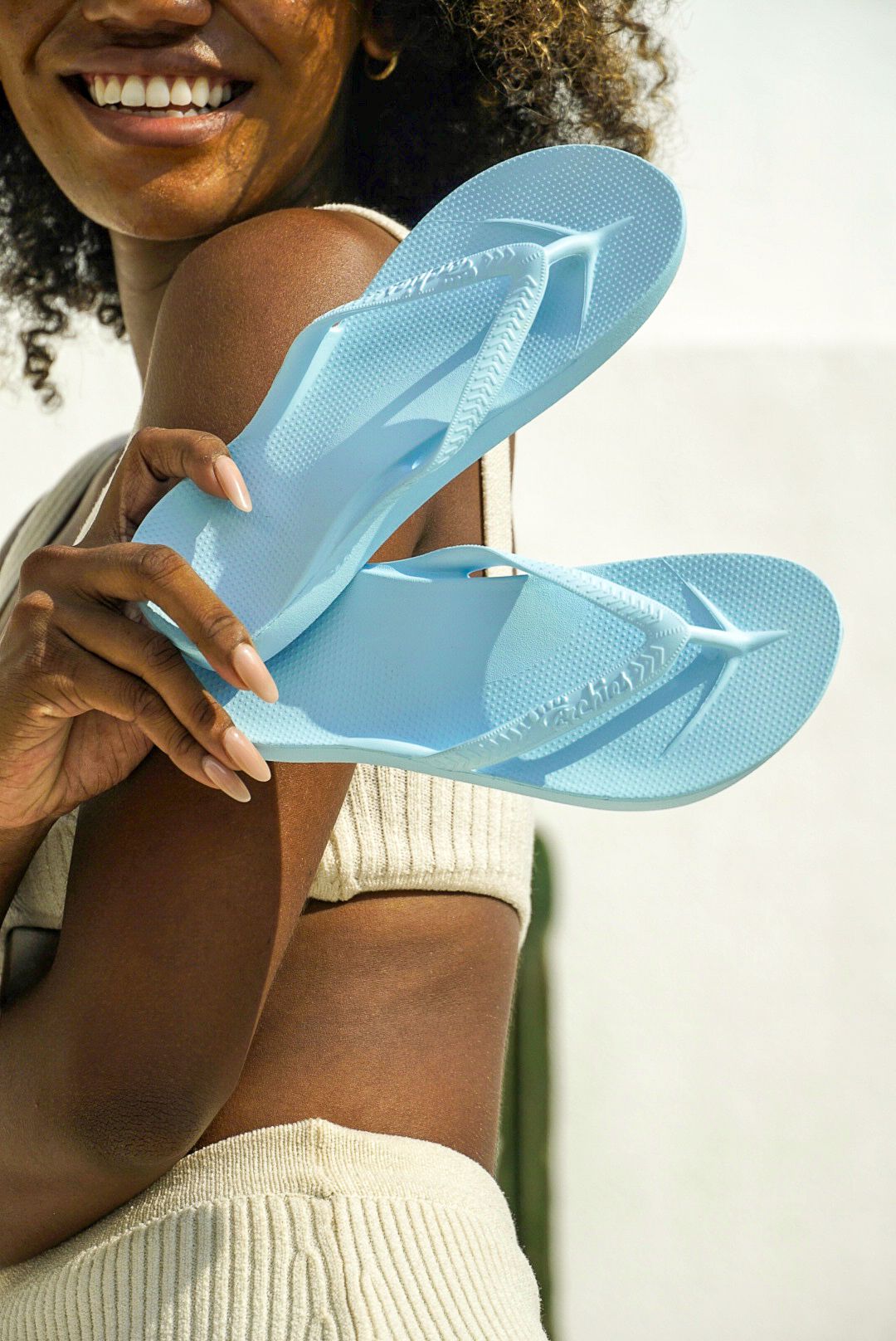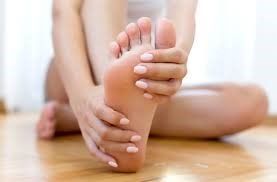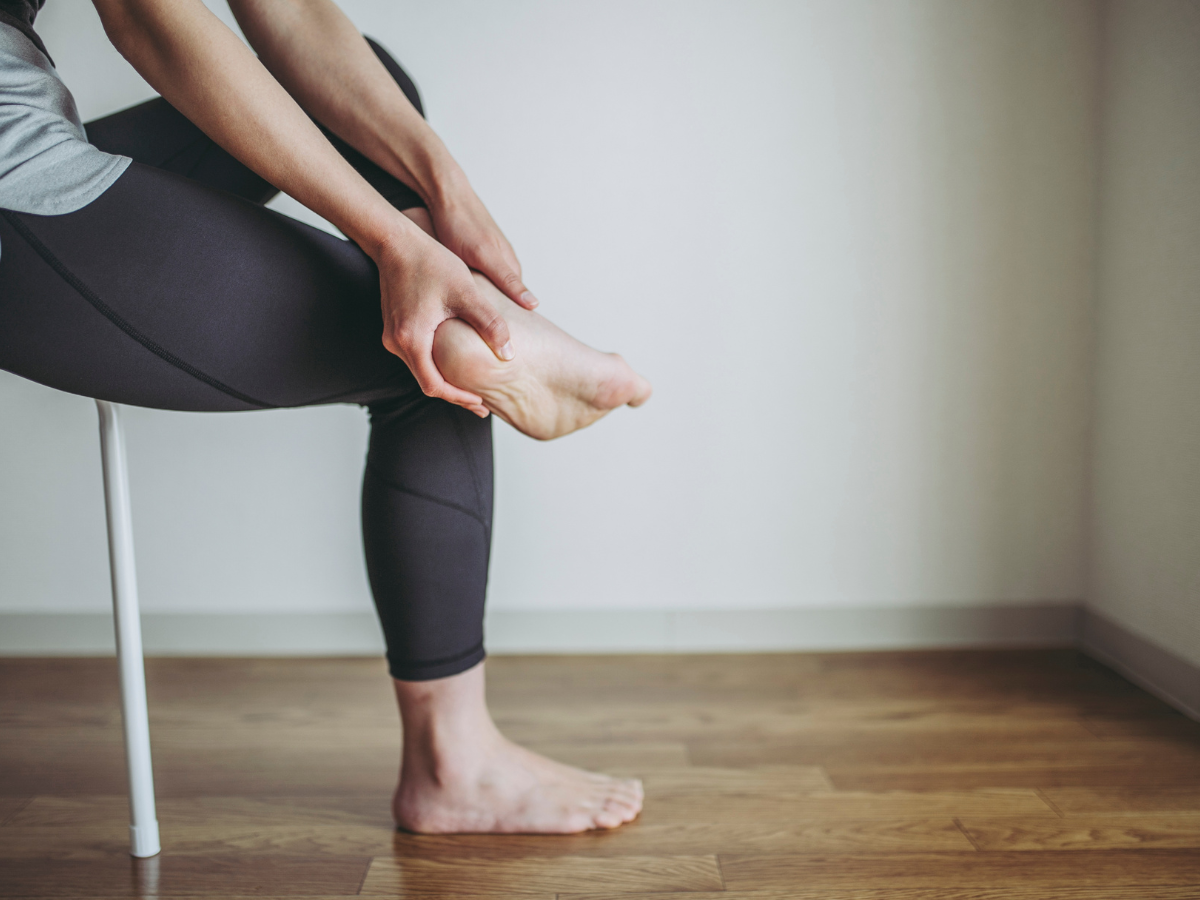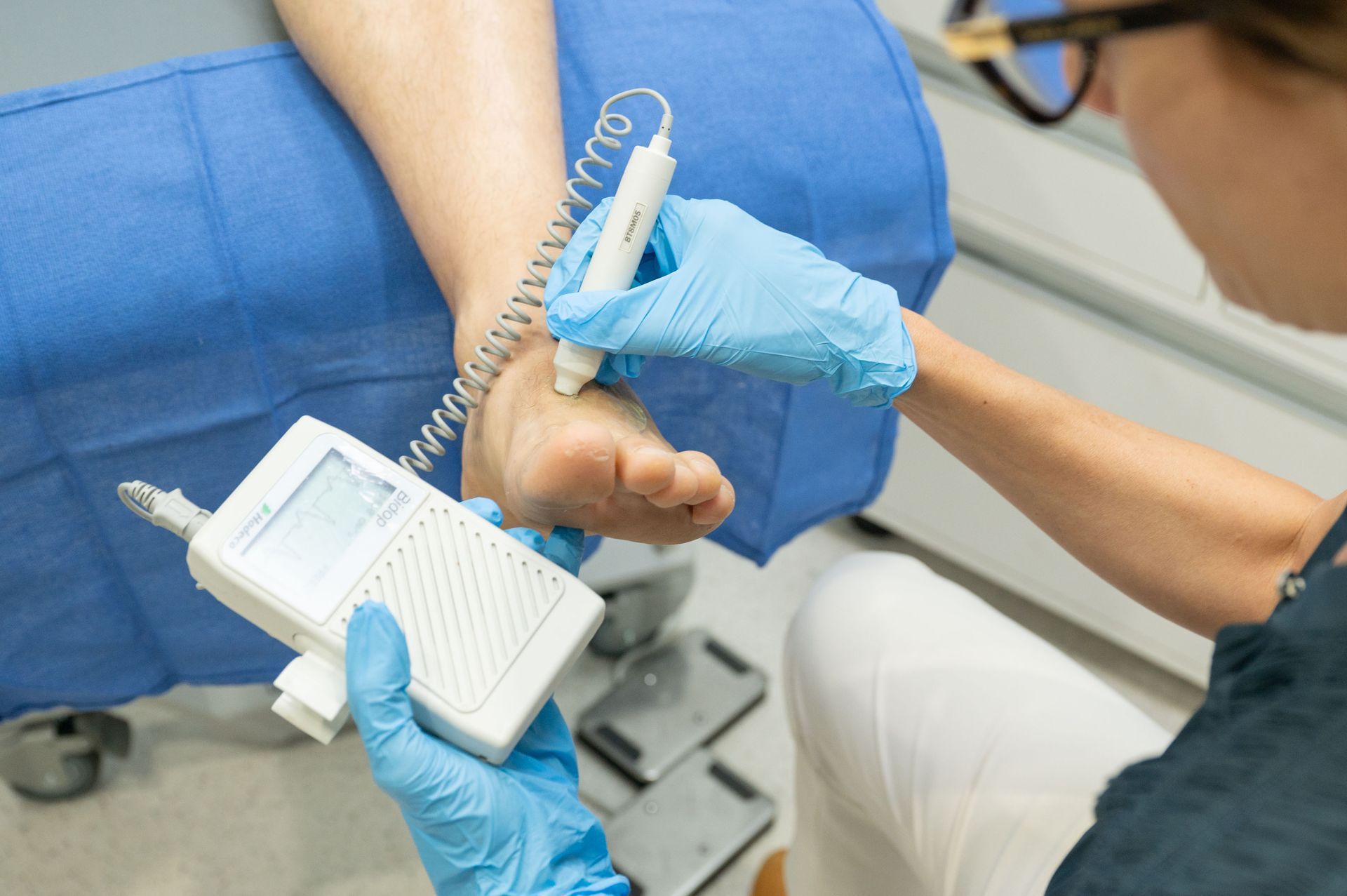Straight Talking - Let's Chat About Bunions!
It’s that time of the year when the summer wardrobe gets switched for the warmer winter clothes and boots.
Your old faithful ugg boots have made an appearance but your favourite boots and shoes no longer seem to fit you. If you’ve noticed your foot becoming wider across the toe area, and previously well-fitting shoes are now tight and uncomfortable, you may be developing a bunion. Or maybe you’ve always had footwear restrictions because of a bunion but it’s become more noticeable and painful when it wasn’t before.
Bunions are caused by a complex combination of factors, namely our genes. We inherit genes that give us our foot type and function, and these factors determine whether or not we are likely to develop bunions. Both men and women can develop bunions and there is even a juvenile form of bunions that can occur in children.
Many people have bunions and not all require surgical treatment. Unfortunately, many people are told not to seek treatment unless their bunions are killing them, and as a result we often see bunions in the elderly which have been untreated. The more advanced the bunion deformity, the more likely it is that there are other associated problems, like crooked toes (called hammer toes) which can rub on shoes and become painful. And the more chance there is cartilage damage inside the bunion joint. Bunions develop because of an instability within the big toe joint, and they are progressive which means they usually get worse over time. Research has shown that in older people, bunions have been linked to falling over. Let’s face it, we don’t need to add to the list of obstacles that can cause falls. And we want to stay on our feet for as long as we can.










